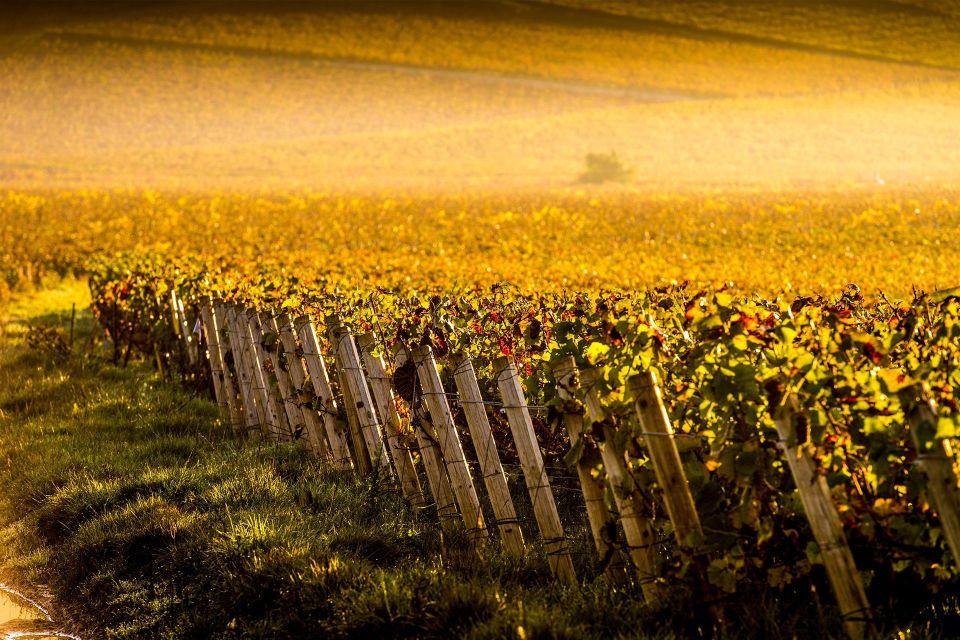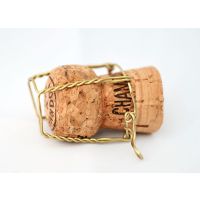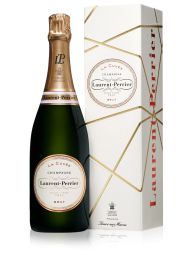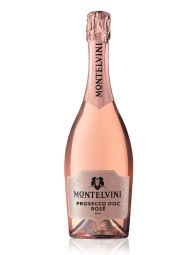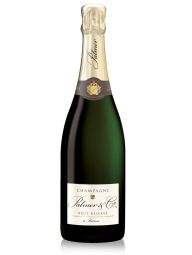Champagne and prosecco are both popular types of sparkling wine, but, when it comes to Champagne vs prosecco, what’s the difference? While both wines are enjoyed all over the world, they each have their own unique flavour profiles, histories, and production processes. We explore the differences in depth below, so you can choose the right wine for your next special occasion.
Table of Contents:
- Champagne vs Prosecco: An Overview
- Champagne vs Prosecco: Regions and Grapes
- Champagne vs Prosecco: Production Process
- Champagne vs Prosecco: Tasting Notes
- Champagne vs Prosecco: Food Pairing
- Champagne vs Prosecco: Dryness / Sweetness Levels
- Champagne vs Prosecco: ABV
- Champagne vs Prosecco: Price
- So, to summarise…
Champagne vs Prosecco: An Overview
|
Type of Sparkling Wine |
Champagne |
Prosecco |
|
Country |
France |
Italy |
|
Region |
Champagne |
Veneto |
|
Vineyard Climate |
Cold |
Warm |
|
Grapes |
Pinot Noir, Pinot Meunier, Chardonnay |
Glera |
|
Process |
Méthode Champenoise |
Charmat Method |
|
Entry level price |
Approx. £25 |
Approx. £10 |
|
ABV |
Around 12% (up to 13.5%) |
Around 12% (often 11% too) |
|
Tasting Notes |
Citrus, praline, almond, toast, Granny Smith apple |
Pear, apple, lemon rind, light flowers, honeydew |
|
Bubbles |
Livelier and finer |
Larger and coarser |
Champagne vs Prosecco: Regions and Grapes
The first difference between Champagne and prosecco is the region where they are produced. Champagne can only come from the Champagne region of France, while prosecco is produced in several regions throughout Italy, with the majority coming from the Veneto region. The climate in Champagne is much colder than in Veneto, which is one of the reasons why the grapes used in each wine are different.
For Champagne, the three primary grapes used are Pinot Noir, Pinot Meunier, and Chardonnay. Pinot Noir and Meunier are red grapes that contribute body and fruitiness to the wine, while Chardonnay is a white grape that gives the wine its acidity and fragrance. Some Champagnes use a combination of all three grapes while others may use a blend of two or just one. For example, an Eric Rodez Empreinte de Terroir Chardonnay Champagne is a single-grape Champagne with a complex fruity and floral aroma. By contrast, Laurent-Perrier La Cuvée Champagne NV has up to 55% Chardonnay mixed with Pinot Meunier and Pinot Noir, resulting in a well-rounded Champagne with a creamy texture and citrus notes.
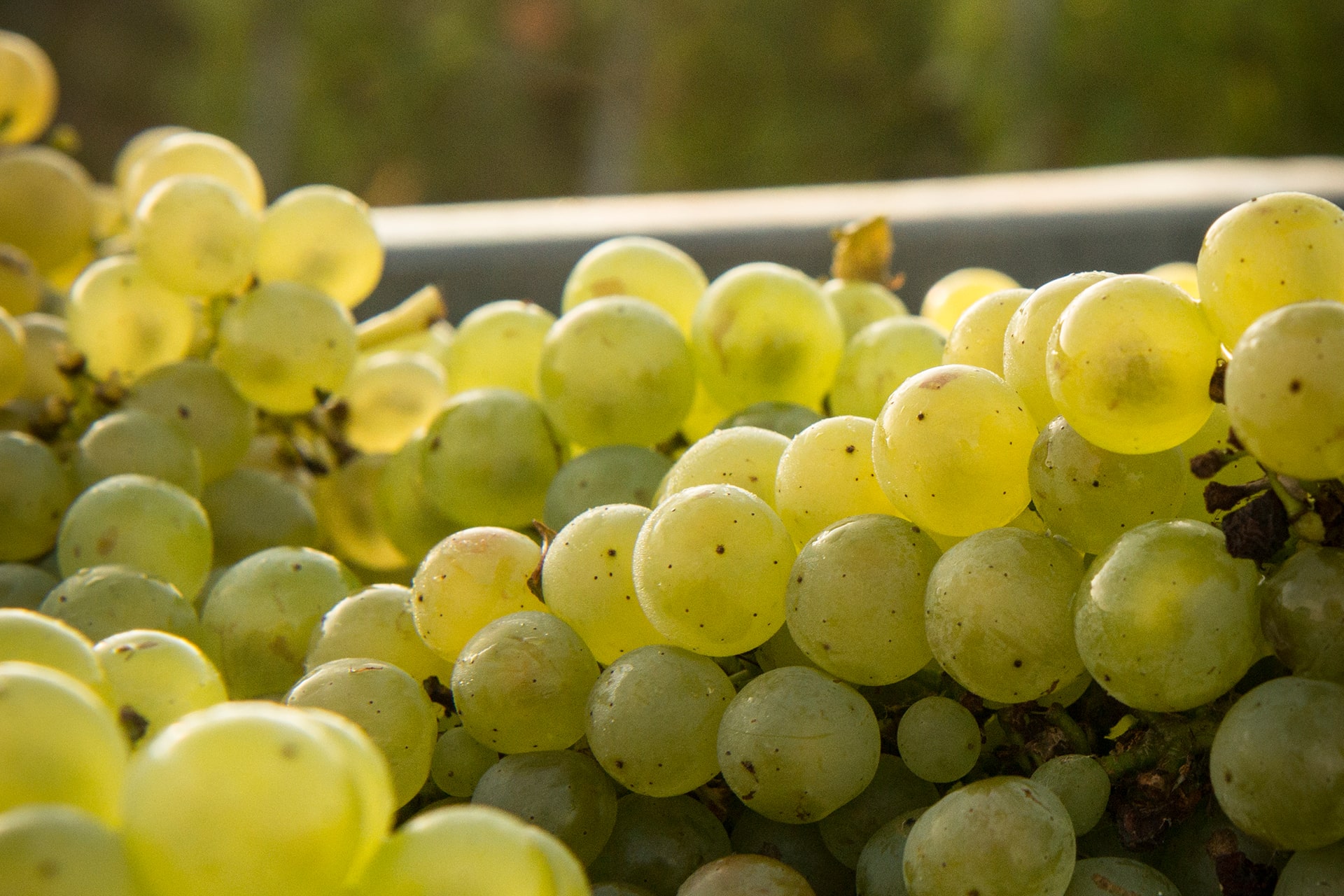
On the other hand, prosecco is made primarily from the Glera grape with small amounts of other local grapes allowed. The Glera is a white grape that produces a light-bodied wine with fruity aromas. Other grapes are often added to make rosé prosecco. For example, Pinot Noir mixed with Glera grapes is used to create the Montelvini Prosecco Rosé 2019 Vintage.
Your perfect flavour match will depend on what you're looking for. Whether that's a light and fruity wine or something with more body and complexity. Prosecco is a great, lighter option, while Champagne is the way to go for more complexity.
Champagne vs Prosecco: Production Process
The production process is another significant difference between these two types of wine. Champagne is made following the Méthode Champenoise, a two-step process. The first step involves fermenting the wine in barrels or tanks until it becomes still wine. In the second step, the wine undergoes a secondary fermentation in the bottle, which gives Champagne its bubbles. This process can take several months, or even years, depending on the style of Champagne. For example, a vintage Champagne must be aged for at least three years while a non-vintage Champagne only needs to be aged for 15 months. The additional time and steps of the Méthode Champenoise required to create such a refined product increase the overall cost which is one of the reasons why Champagne is more expensive than prosecco.
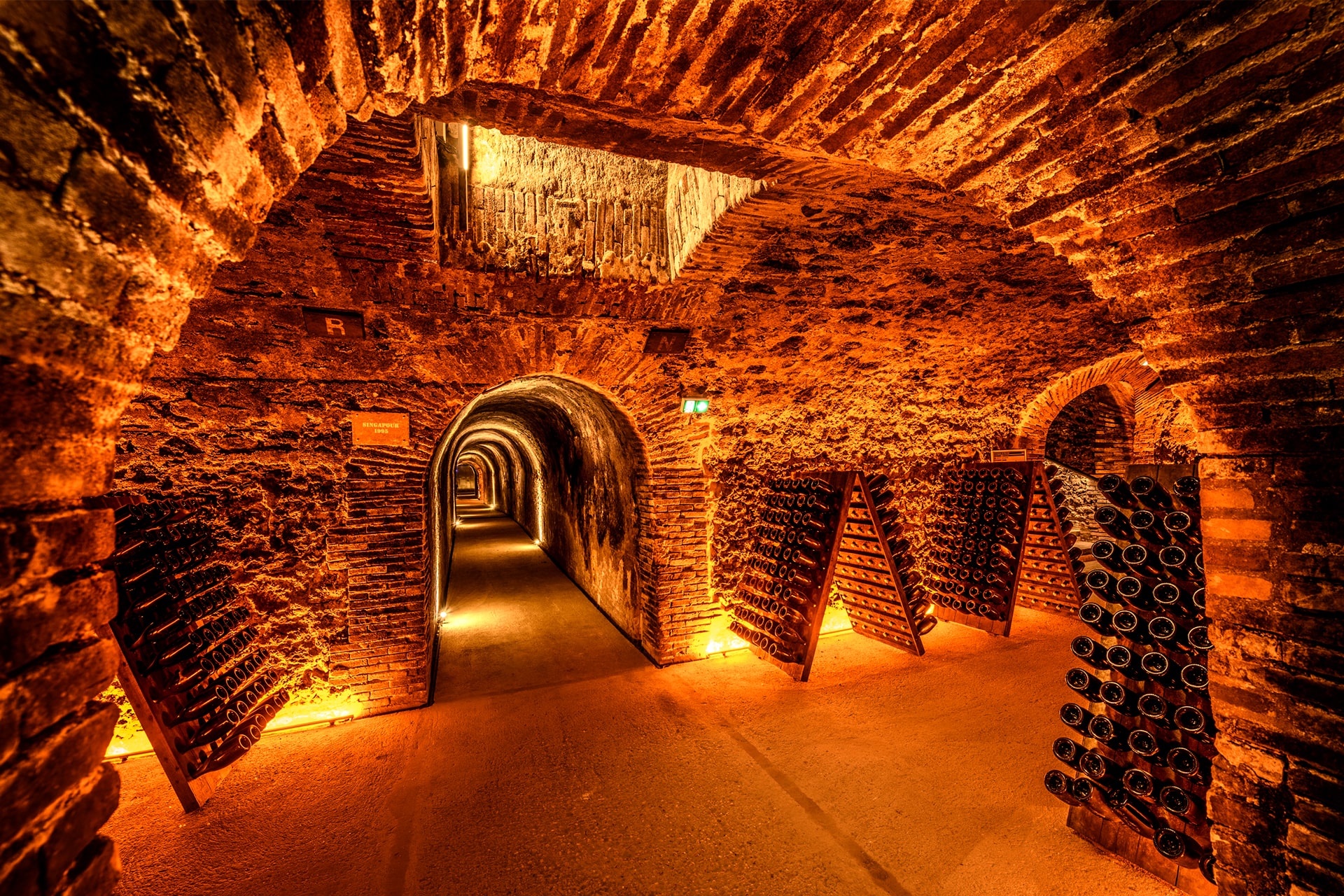
Prosecco, on the other hand, is made using the Charmat Method, which is a quicker process that only takes a few weeks. This method involves trapping bubbles in wine via carbonation in large steel tanks. This process is less expensive and can be done on a large scale, which is why prosecco is more affordable than Champagne. This process doesn't add any additional flavours to the wine, so the final product is less complex than Champagne and tends to be a little sweeter.
If you're looking for a complex wine with many different flavours, Champagne is the way to go. If you prefer larger bubbles and a sweeter taste, prosecco may be a better choice.
Want to learn more? Take a look at our "How is Champagne Made?" guide.
Champagne vs Prosecco: Tasting Notes
Champagne is known for its toasty, biscuit-like flavour with bubbles that are more delicate and lively. Additional flavours can include honey, floral and almonds notes. Overall, Champagne is dry with high acidity and a creamy texture, offering a more complex flavour profile to the palate.
Prosecco, on the other hand, is light-bodied with fewer bubbles that are coarser. The flavour profile of prosecco includes fruits like pear, apple and stone fruits like apricot. Some might also find floral notes along with a little bit of honey. Prosecco is also dry but has lower acidity than Champagne and has a slight sweetness to it as well.
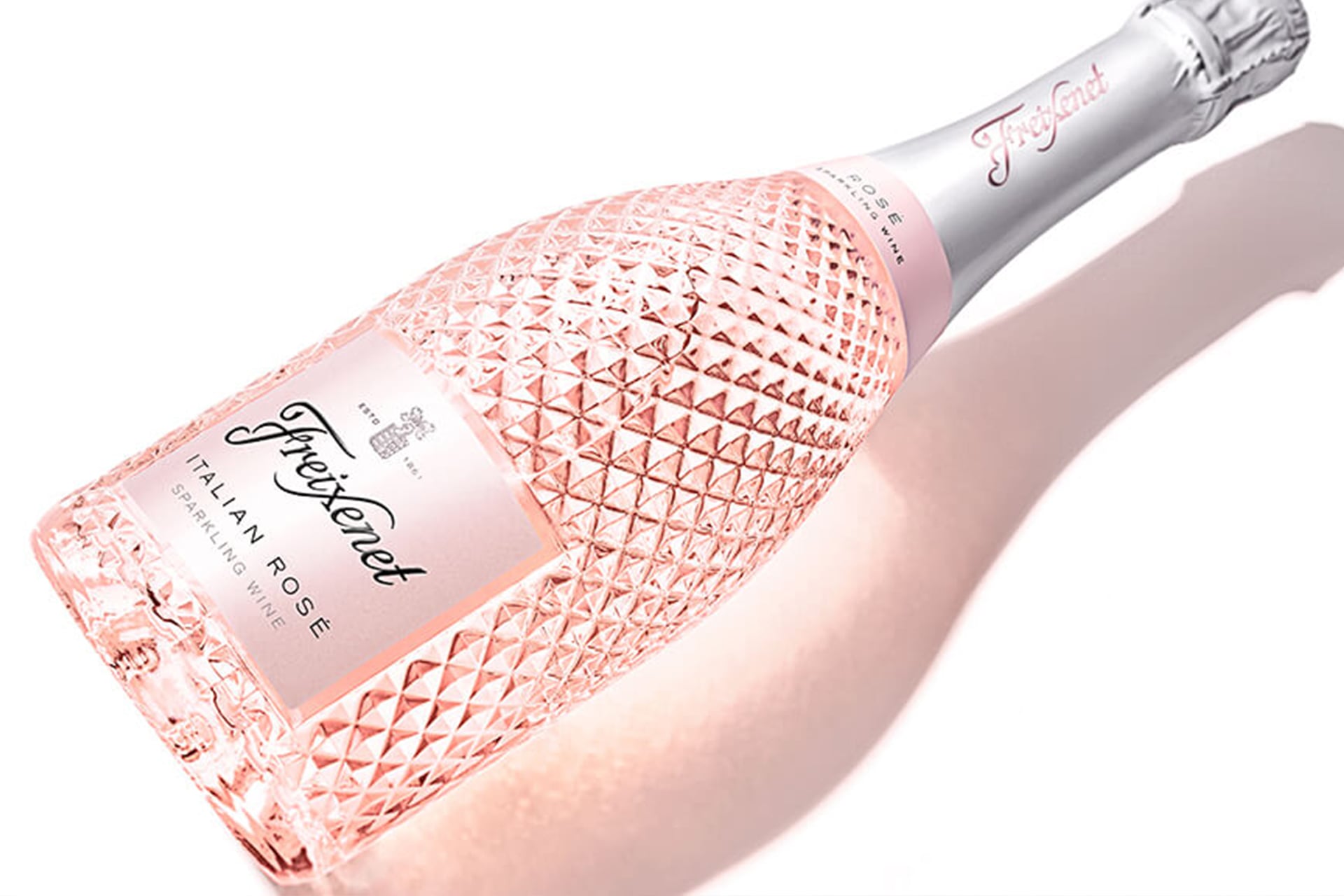
Champagne vs Prosecco: Food Pairing
Champagne is a versatile wine that can be enjoyed with a variety of foods. Its high acidity pairs well with rich and fatty dishes, making it a great choice for appetisers or as an aperitif. It also goes well with seafood, poultry and pork dishes. Pair Champagne with oysters on the half shell, foie gras or roast chicken for a delicious meal.
Prosecco is also a versatile wine that can be enjoyed with a variety of foods. Its lightness and sweetness make it a good choice for fruit-based dishes or as an aperitif. It also goes well with poultry and fish dishes. For example, pair prosecco with a melon starter, chicken salad or grilled salmon.
Select your wine depending on the occasion or event you're hosting. If you're looking to serve decadent appetisers like foie gras and oysters, Champagne is an ideal match. If you're having a casual get-together and want to serve lighter fayre, opt for prosecco.
Refer to our Champagne Food Pairing article for more pairing ideas.

Champagne vs Prosecco: Dryness / Sweetness Levels
Champagne and prosecco both use the same 7-level sweetness scale. The driest wine is Brut Nature, followed by Extra Brut (Extra Dry), Brut (Dry), Demi-Sec (Semi-Sweet), and finally Doux, which is the sweetest. Most Champagne and prosecco will fall into the Brut category, which is considered to be dry. However, there is some variation between the two wines.
Champagne is typically a little drier than prosecco, with most bottles falling into the Extra Brut or Brut category. This means that Champagne will often have less than 12 grams of sugar per litre.
Prosecco is typically sweeter than Champagne. Most bottles of prosecco will fall into - category names that can be confusing - the Dry or Extra Dry category, which means they will have between 12 and 32 grams of sugar per litre.
So, if you're after a drier wine, Champagne is a good choice. If you prefer your wine to be on the sweeter side, then prosecco might be a better option.
Champagne vs Prosecco: ABV
The ABV level of a wine is the measure of how much alcohol is in the bottle. The typical ABV in a bottle of Champagne is about 12%, although it may reach 13.5%. The alcohol content in prosecco ranges, but the average is also around 12%. In general, the alcohol content of prosecco tends to be slightly less than that of Champagne.
Champagne and prosecco are both good options as the differences are small, but if you're looking for something a little lighter, prosecco might be a better choice.
Champagne vs Prosecco: Price
The price of Champagne and prosecco can vary widely, depending on the quality and brand. In general, Champagne is more expensive than prosecco. A bottle of entry-level Champagne can start at around £25 while a similar bottle of prosecco can be found for as little as £10. Of course, there are also luxury Champagnes that can cost thousands of dollars. While there are some high-end proseccos available, they are not as common as luxury Champagnes.
But, why is Champagne more expensive than prosecco? The answer has to do with production costs and demand. Champagne is produced in the Champagne region of France, which has a limited amount of land suitable for growing grapes. Additionally, the methode Champenoise, the traditional method of making Champagne, is a time-consuming and expensive process. These factors contribute to the higher price of Champagne.
So, if you're on a budget, prosecco is a good choice. If you're looking to splurge on a luxurious bottle of sparkling wine, Champagne is the way to go.
So, to summarise…
When it comes to Champagne vs prosecco, there are some key differences to consider — from dryness levels to price, taste and best food pairing options. So, when choosing between the two wines, it's important to consider your personal preferences.
For a wow-factor wine to share with friends or for a special occasion, Champagne is hard to beat. Prosecco is a great everyday choice, or for those on a tighter budget. Whatever you end up choosing, it will make a great festive addition to your next gathering.
Read our Champagne Guide for more tips on choosing the right bottle of Champagne for you, or simply browse our range of Champagnes and proseccos to find the perfect match for your taste.

